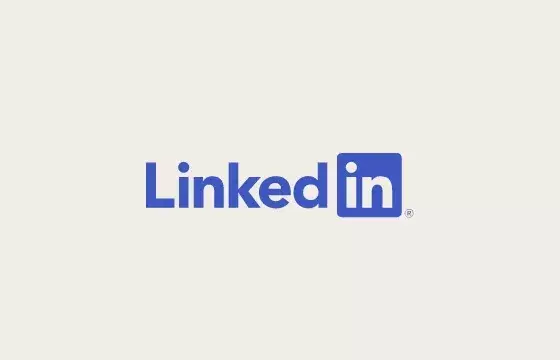As Microsoft periodically releases performance insights on LinkedIn, a pattern emerges that raises eyebrows among analysts and users alike. The accompanying reports seem to echo the same two statements: an increase in sessions and “record engagement,” alongside a boost in revenue. This cyclical repetition begs the question: How genuine are these claims? As we delve deeper, it becomes apparent that there is a dissonance between member counts and active user engagement on the platform, which warrants a more nuanced discussion.
Every quarter, LinkedIn seems to break its own record for user engagement, a claim that feels increasingly hollow. Since 2018, almost every quarterly update proclaims a new high for interactions, yet a critical examination of LinkedIn’s reporting practices suggests a superficial approach to engagement metrics. This incessant cycle of reporting “record engagement” raises the issue of whether such claims are emblematic of genuine platform usage or merely marketing jargon.
For instance, it’s challenging to reconcile the idea that LinkedIn consistently engages more users each quarter when we consider that the nature of professional networking might lead to less frequent interactions than on more casual social media platforms. Such platforms communicate in moments of virality, while LinkedIn’s environment fosters slower, more deliberate interactions centered on career development, networking, and professional growth.
LinkedIn proudly touts its billion-member milestone. However, the question remains: How many of these members are genuinely active? Contrary to its substantial member count, some estimates suggest that less than 30% of European members are actively engaged on the platform. Using this data, one can deduce that the actual number of active users may hover around 300 million, which, although a commendable figure for a niche platform, issues a clarion call about the dangers of conflating member sign-ups with meaningful engagement.
In contrast, other social networks, such as Twitter (now known as X), operate differently. They typically report on active users, providing a clearer picture of engagement. If X were to boast about having billions of users without clarifying how many are actually active, critics would undoubtedly call out the lack of transparency. Yet, LinkedIn seems to skirt around this issue, possibly due to its unique position in the social media landscape, where professional networking takes precedence over entertainment-driven engagement.
Why does LinkedIn obscure the line between membership and active usage? This conundrum invites speculation. Is LinkedIn intentionally downplaying its active user figures to avoid scrutiny? Or is it simply riding the wave of its success by emphasizing an impressive member count? Whichever the case may be, the lack of transparency does harm its credibility. Users and potential advertisers might find themselves questioning the actual reach and engagement of this supposedly vibrant network.
The introduction of features like Stories or video feeds, which mimic more mainstream platforms like Instagram or TikTok, further complicates LinkedIn’s identity. These elements seem out of sync with the platform’s foundational ethos. They could alienate the very users who seek meaningful professional connections rather than trendy content consumption, yet those additions persist, likely guided by a notion of keeping up with prevailing social media trends.
As Microsoft continues to integrate advanced technologies, including AI, into LinkedIn’s operations, it becomes increasingly vital for the platform to adopt a balanced approach toward reporting and innovation. While revenue growth is certainly commendable—marked by a reported 10% increase—it should not come at the expense of transparency.
The online landscape is diverse, and different user bases embrace varied experiences. To remain relevant, LinkedIn must ensure that its narrative of growth is backed by authentic metrics that reflect user engagement levels accurately. This is not just about safeguarding its reputation; it’s about fostering trust with users and advertisers, ensuring that every claim stands up to critical scrutiny. As LinkedIn sets its sights on the future, the challenge lies in redefining success through integrity, ultimately benefiting the professional community it aims to serve.


Leave a Reply